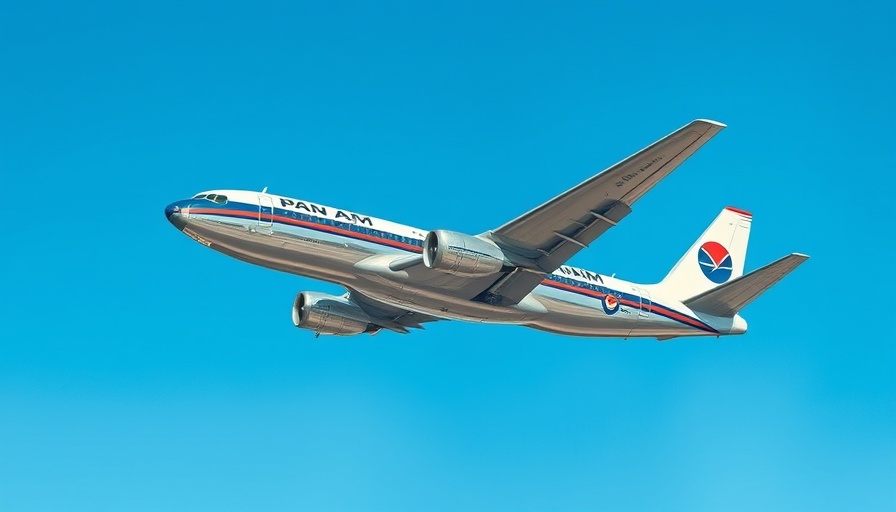
The Impact of Tariffs on Global Aerospace
The recent introduction of "Liberation Day" tariffs represents a significant shift in global trade dynamics, particularly for industries deeply embedded in international frameworks, such as aerospace. Historically, the aerospace sector has thrived on globalization, exemplified by Boeing's rise as America’s top exporter and the cultural phenomenon of commercial air travel. The Boeing 747, launched in 1970 during an era of open markets, revolutionized travel and facilitated a burgeoning global economy.
Will Tariffs Reshape Manufacturing Jobs?
The ambition behind these tariffs is to inspire a renaissance in U.S. manufacturing by shifting jobs back home. However, experts argue that achieving this goal will be improbable and lengthy. The aerospace industry's complex supply chains span multiple countries, integrating a mosaic of parts that are often best sourced globally. Attempts to localize these operations may hinder efficiency and ultimately increase costs, likely deterring some manufacturers from investing in the U.S.
Resistance from Global Partnerships
International partnerships have been pivotal in the aerospace sector, allowing for shared innovations and resources. The tariffs threaten to unravel these collaborative efforts, risking not only the durability of current alliances but also the success of future ventures. As countries adapt to the new trade landscape, we may observe a shift in collaborative frameworks across high-tech sectors, affecting everything from supply chains to research development.
Current Events: A Shift in Economic Strategies
The timing of these tariffs comes during a period of fragile economic recovery post-pandemic. Disruptions caused by such tariffs could cascade, impacting not only manufacturers but also consumers and service-based businesses reliant on the aerospace industry. This wave of uncertainty aligns with ongoing geopolitical tensions and trade negotiations, where concessions and retaliatory measures could add to market volatility.
Conclusion: The Future of Global Trade
Ultimately, while tariffs are intended to protect the domestic market and promote local jobs, their effectiveness in isolating economic integration poses more questions than answers. The landscape of globalization, particularly in high-stakes industries like aerospace, may be at a crossroads. Companies and consumers alike should stay informed on how these evolving policies could reshape their economic futures.
 Add Row
Add Row  Add
Add 




Write A Comment